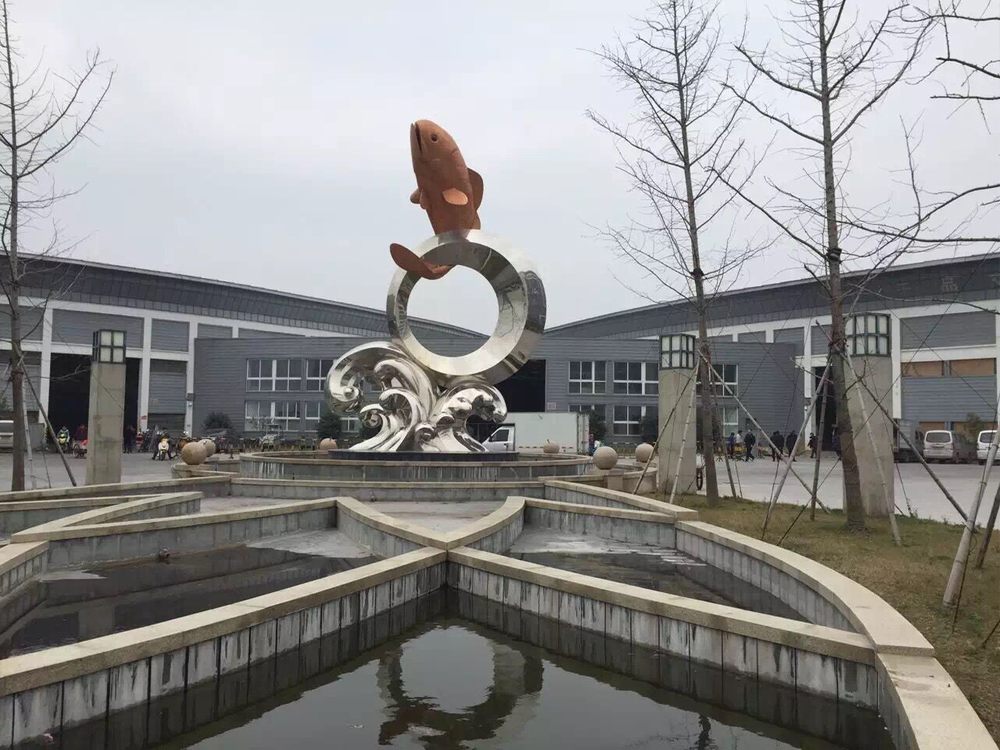
Bronze sculptures, long revered for their durability and timeless beauty, are now being reimagined by contemporary artists to probe themes of virtual reality (VR) and digital existence. By merging traditional metallurgy with cutting-edge technology, these creators challenge perceptions of materiality and permanence in an increasingly digital world.
One approach involves embedding QR codes or augmented reality (AR) markers into bronze works. When scanned, these trigger digital animations or VR experiences, creating a dialogue between the physical sculpture and its virtual counterpart. Artist Lee Bul’s hybrid installations exemplify this, where polished bronze surfaces reflect distorted digital projections, questioning the boundaries of "real" and "simulated."
Other sculptors cast digital glitches or pixelated forms in bronze, freezing ephemeral digital errors into permanent objects. This juxtaposition highlights the tension between the fleeting nature of online existence and bronze’s historical association with legacy. For instance, Rachel Whiteread’s bronze casts of negative spaces from VR environments make intangible digital voids tangibly permanent.
Some artists go further by 3D-scanning avatars or NFT artworks, then materializing them as bronze figures. This process inverts the typical digital-to-virtual pipeline, asking: Does physical embodiment validate digital creations? The patina of oxidation on such works becomes a metaphor for "aging" digital artifacts in an ever-evolving metaverse.
Through these methods, bronze transforms from a passive medium to an active participant in conversations about authenticity, memory, and humanity’s evolving relationship with technology—proving that even ancient art forms can illuminate our digital futures.

